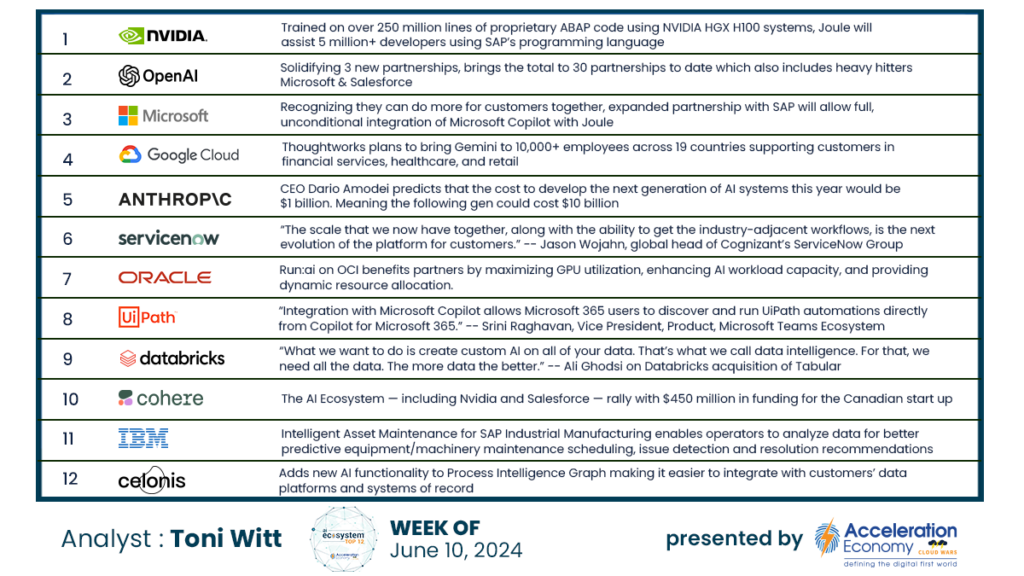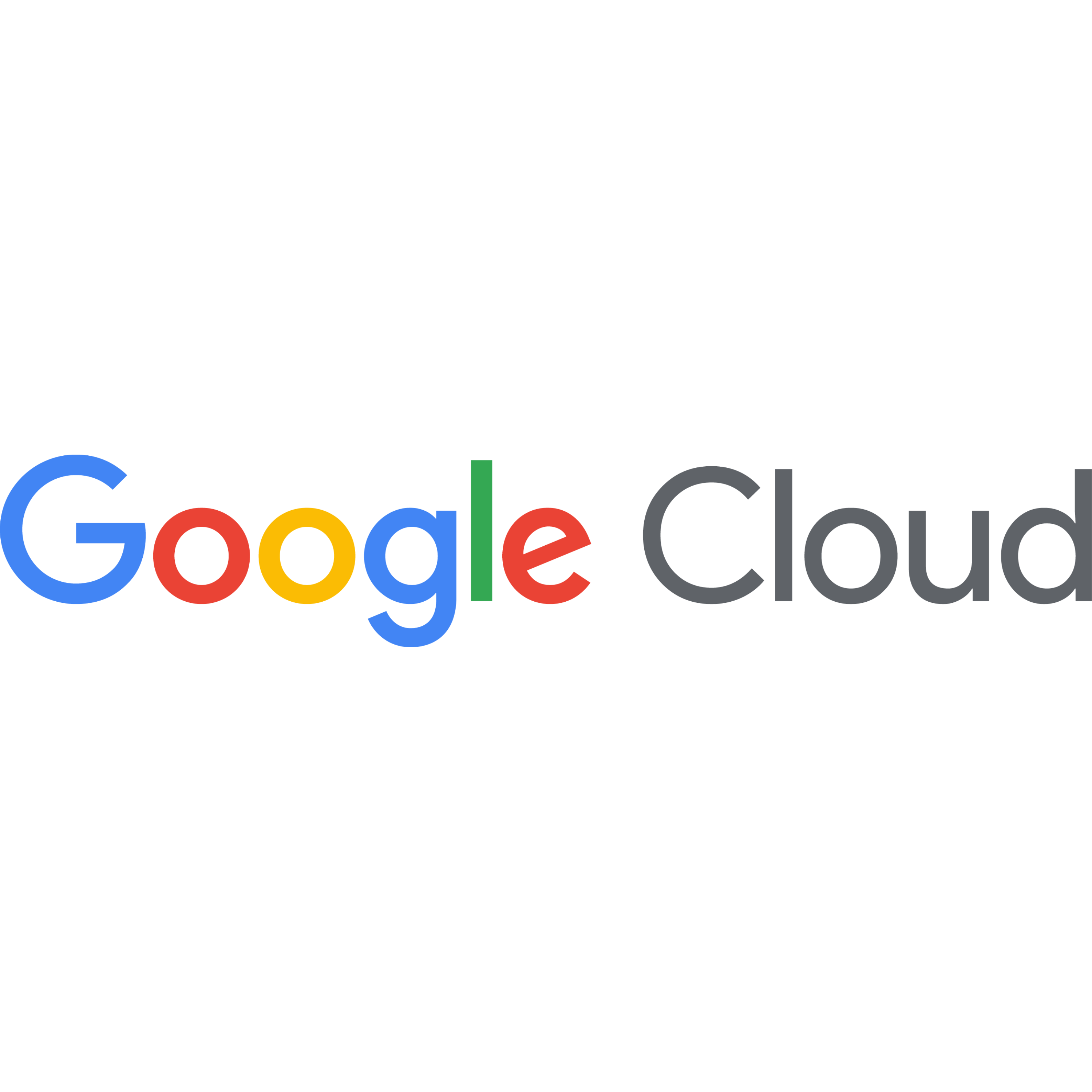
While Oracle’s surging cloud-infrastructure business has been unable to keep up with demand over the past year, I expect that Oracle’s relentless efforts to boost data-center capacity will push the company’s overall cloud-revenue growth rate to 29% when fiscal-Q4 numbers are released later today.
Oracle represents an extraordinary example of a Cloud Wars Top 10 company that has insisted on creating its own future and has refused to allow others to set the rules that Oracle must follow. That self-determination has manifested itself across cloud apps, cloud databases, and cloud infrastructure, with those three businesses combining to make Oracle one of the world’s fastest-growing cloud vendors.
Ask Cloud Wars AI Agent about this analysis
And if it can hit the 29% cloud revenue growth rate that I’m predicting, Oracle will become the world’s fastest-growing major cloud vendor and earning the #1 spot on my Cloud Wars Growth Chart, a position currently held by Google Cloud (28%).
So let’s take a look at those three segments of the cloud in which Oracle operates and see how they might contribute to the Q4 numbers that’ll come out later today.
- Cloud Infrastructure: A few paragraphs above, I referred to the “extraordinary example” Oracle has set in the cloud — and nowhere is this more striking than in the category of cloud infrastructure. About 10 years ago, Oracle launched an undifferentiated — and ultimately unsuccessful — cloud infrastructure business to try to grab a portion of the massive market dominated by Amazon, along with Microsoft and a few others. By the time chairman Larry Ellison shut down that first effort, AWS and Microsoft and an emerging Google Cloud had created enormous businesses and pushed out every other serious competitor. But Ellison dismissed those intimidating market dynamics and decided to launch, about four years ago, a revamped cloud-infrastructure business against three well-entrenched competitors that happen to be among the world’s largest, wealthiest, and most-influential corporations. And with a highly differentiated approach centered on advanced technology and giving customers more deployment options than the other three hyperscalers, Oracle is building a hypergrowth business that Ellison says could grow at 50% or more for at least the next few years. For more details, please see three of my recent analyses: “Larry Ellison’s Not-so-Secret Secret: the AI Data Centers Are Coming!“; “Data Center Wars: As Oracle Goes Small, Microsoft Said to Plan $100-Billion Facility“; and “Oracle CEO Safra Catz: 4 Reasons Our Cloud Business Is Booming.”
- Cloud Databases: For decades, Oracle has been the dominant enterprise-database vendor in the world, and it is now fully committed to ensuring it holds that spot not only in the cloud but also in the transformative world of AI. Oracle’s cloud-native Autonomous Database is gaining wider acceptance and no other Cloud Wars Top 10 company has introduced anything even remotely like it. On top of that, last month Oracle rolled out the newest version of its flagship product, called Oracle Database 23ai — and you can see my perspectives on that in “Oracle Goes for the Kill with Multifaceted New AI Database.” For the past few quarters, Oracle CEO Catz has hinted that the big surge of customers willing to migrate their on-prem data estates to the cloud is imminent — and when that happens, Oracle will have another huge high-growth opportunity.
- Cloud Applications: With its Fusion cloud apps, NetSuite cloud apps, its fast-growing Industry applications business, and its Cerner healthcare applications that will soon be fully rewritten for and migrated to the Oracle Cloud, Oracle has perhaps the world’s broadest portfolio of enterprise applications. While not growing nearly as fast as its cloud-infrastructure and cloud-database businesses, applications are now the biggest cloud-revenue generator for Oracle and are approaching a $14-billion annualized run rate while growing in the mid- to high teens.














